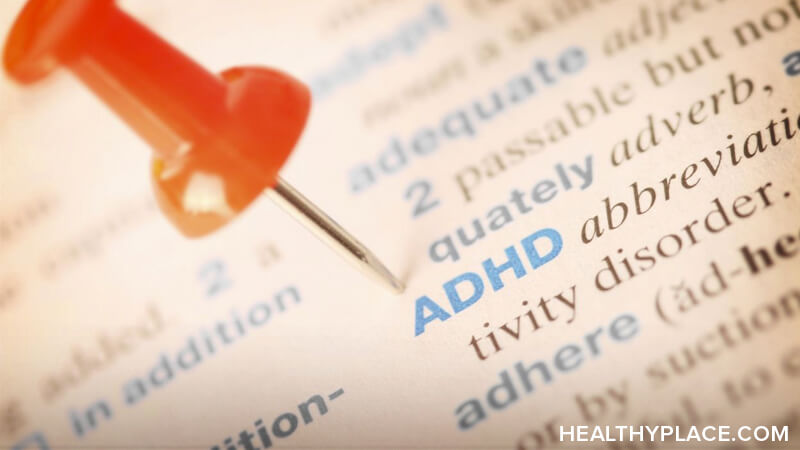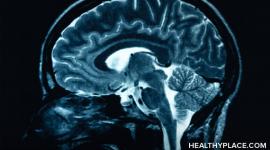What Is ADD and ADHD? Definition & Details

Both acronyms ADD and ADHD, attention deficit disorder and attention deficit hyperactivity disorder, refer to a hereditary biochemical disorder that impedes a person's ability to perform to his or her full potential. The symptoms show up in childhood and often carry on into adolescence and adulthood, causing problems in virtually all areas of life. According to the National Institute of Mental Health (NIMH), 3 % to 5 % of American children suffer from ADD or ADHD.
The ADD definition has evolved as healthcare professionals learned more about the disorder. The Diagnostic and Statistical Manual of Mental Disorders (DSM-IV-TR) officially changed how professionals refer to ADD and ADHD. Prior to this change, the DSM used the phrase ADD with or without hyperactivity to differentiate between types of attention deficit.
The DSM-1V-TR diagnostic criteria began using one term, attention-deficit/hyperactivity disorder or ADHD, for this learning disorder; although, lay people often still use the old terminology. This change in terminology remains the same in the new DSM-V, which came out in May 2013. However, ADHD has now been moved to the chapter entitled Neurodevelopmental Disorders to reflect brain developmental correlates with ADHD.
ADHD – Is It Hereditary or Environmental?
Researchers do not yet know the exact cause of ADHD, but results from research studies, and the fact that it tends to run in families, strongly indicate a genetic factor that makes a person predisposed to ADHD. Other studies indicate environmental factors could cause ADHD symptoms to emerge in exposed children. Research has shown a possible link between ADHD and several environmental conditions, including the use of tobacco products and alcohol during pregnancy or exposure to high levels of lead in early childhood, but more studies are necessary to accurately pinpoint a cause or causes.
Indicators of ADHD
Childhood symptoms of ADHD include poor impulse control, hyperactivity (i.e. cannot sit still), difficulty focusing on immediate tasks, and inability to pay attention to instruction. Children with hyperactivity-impulsivity often have difficulty forming and maintaining friendships and receive poor conduct evaluations due to their inability to behave appropriately in school. These children seem to disregard common social courtesies by repeatedly interrupting conversations and speaking out of turn.
Some children may exhibit very little to no hyperactivity symptoms and may possess a normal ability to control impulses. These children often sit quietly and seem to pay attention when required, when in reality, they are daydreaming and missing key details and information. They become bored quickly while working on tasks and may move slowly. Since they can sit quietly and do not exhibit overtly poor behavior, parents often overlook the possibility of ADHD as the cause of their child's poor grades, inability to follow directions, and poor time management and organization skills.
Outlook for Patients with ADHD
With proper ADHD treatment, patients and their physicians can manage the symptoms of the condition, mitigating the negative impact the disorder has on quality of life. The symptoms often decrease as children mature into adulthood and physicians may stop the use of pharmacological treatment regimens. Some people, however, continue to exhibit ADHD symptoms well into adulthood and must remain on ADHD medication.
APA Reference
Gluck, S.
(2021, December 20). What Is ADD and ADHD? Definition & Details, HealthyPlace. Retrieved
on 2025, April 13 from https://www.healthyplace.com/adhd/adhd-children/what-is-add-and-adhd-add-adhd-definition



